Vanishing Snowscapes
Unraveling the Meltdown in the Western United States
What is snowpack?

Kids playing in the snowpack in front of house.
Snowpack is the amount of snow that falls during freezing temperatures and accumulates on the ground until temperatures rise enough for it to melt.
Why is it important?
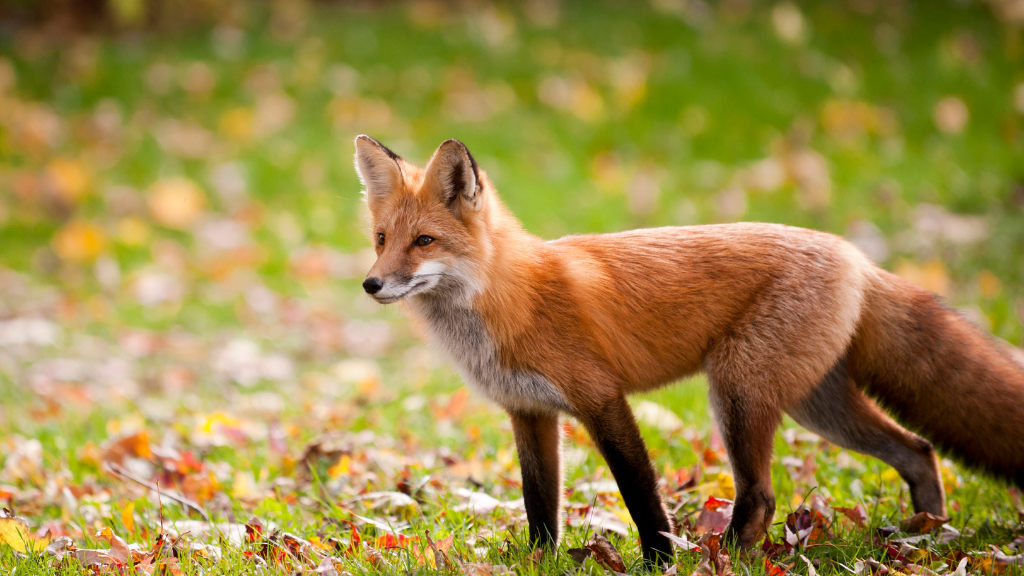
Sierra Nevada Red Fox is now listed as an endangered species.
Consistent patterns in snowpack and snowmelt provides stability for a variety of ecosystems, and it is a crucial source of freshwater and renewable energy for humans.
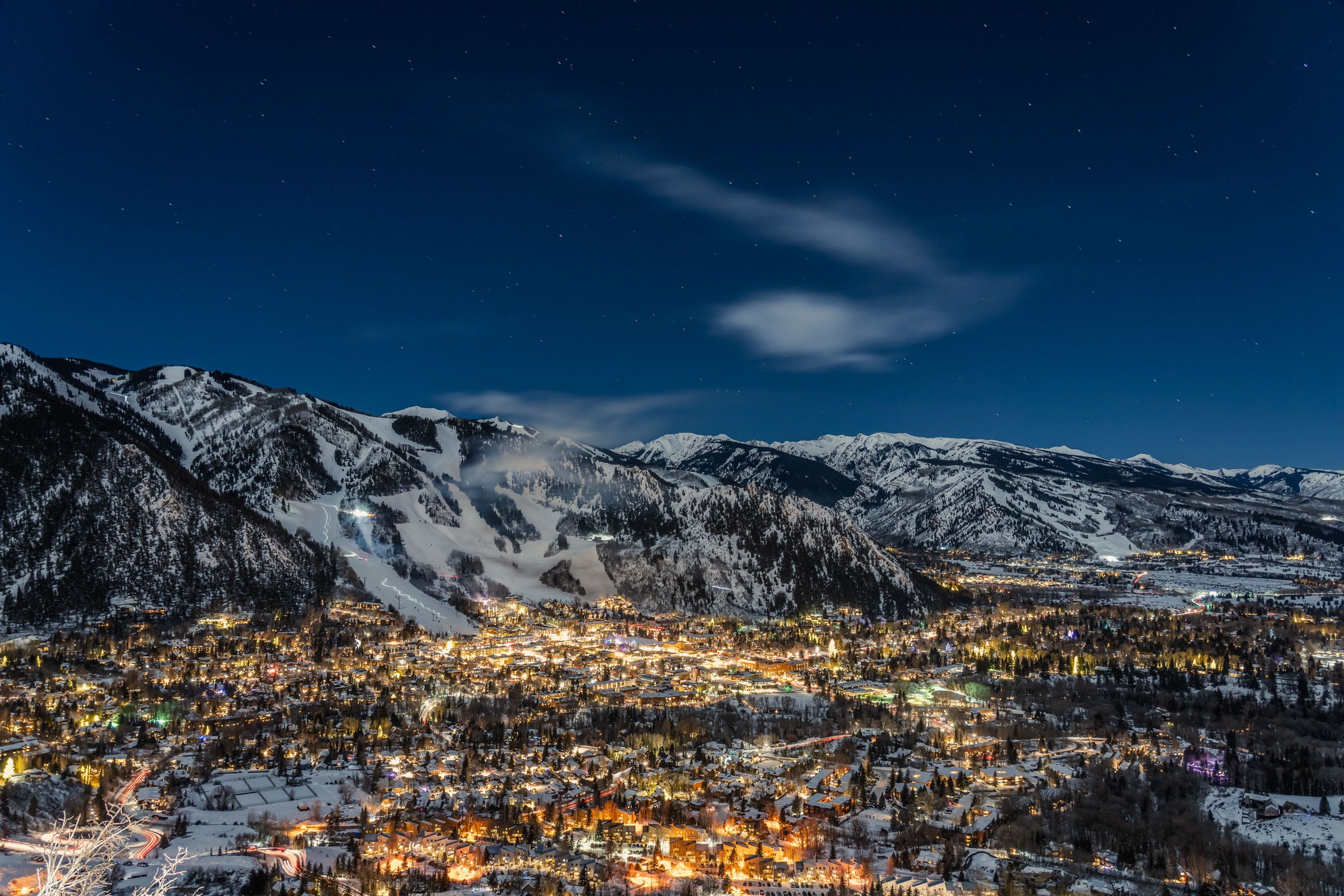
Ski resort town in the Western US. Photo by Tamara Susa
Additionally, it is crucial for tourist economies in regions boasting ski resorts reliant on its sustained presence for income generation.
How does it serve as an indicator for climate change?
Climate change impacts temperatures and patterns in precipitation, and snowpack level each year is determined by temperatures and precipitation levels of its region. The decline in snowpack over the past 70 years is caused by the decline in precipitation in the form of snow. The earlier melting of snowpack is caused by the increase in average temperatures.
Maps from the EPA showing the decline in April snowpack and length of snowpack season in the Western US. https://www.epa.gov/climate-indicators/climate-change-indicators-snowpack
- 93% of snow measuring sites experienced a decrease in snowpack since 1955.
- 23% decline in snowpack amount on average across all sites.
- 84% of sites are shifting towards earlier peak snowpack.
- Peak snowpack has shifted 8 days earlier on average across all sites since 1982.
What is causing the decrease in snowpack and earlier snowmelt?
Global temperature anomalies from 1880 to 2018
Peak snowpack is when the snowpack is at its highest, and it is determined by the amount of snow that precipitates, and accumulates on the ground under freezing conditions. This means that there is less precipitation in the form of snow, or higher temperatures in the mountains melting the snowpack, or a combination of both. One leading reason that there is more precipitation in the form of rain is that warming oceans have increased evaporation rates. The warm, moisture-laden air moves over land, and turns into rain.
Wildfires are also causing an earlier melting of snow and a decrease in peak snowpack, according to a 'Frontiers in Water' study. Researchers found that wildfires (that are also increasing in severity and frequency) can cause snow to melt 4-23 days earlier and the rate of melting can increase by 57%. High burn wildfires decrease the tree canopy over the snow and cause blackened, charred wood and ash to accumulate on top of the snow, ultimately causing a 200% increase in solar absorption by the snowpack.
(A) Schematic drawing of changes in snow processes during melt season after a fire for each burn severity. Changes in solar radiation, canopy interception, snow accumulation and snow albedo are noted above. (B) Diagram of post-wildfire effects on snow processes. Existing feedbacks are noted by blue arrows. Climate scale feedbacks are noted in the smaller box on the right.
How is snowpack measured?
SNOTEL Snowpack monitoring station
Snow depth sensors measure depth using sound waves, and snow pillows measures the amount of liquid pushed out of the pillow by the weight of snow accumulation on top of it. There are over 900 SNOTEL stations across the Western US that convert the weight of the snowpack into its water equivalent (SWE).
Why do I care?
I love to go to the mountains to snowboard with my friends and family.
My dad, his friend, and my brother near Tahoe in 2023.
Impact on Humans
Much of the water used in the Western US starts as snowpack.
Irrigation and crop production, renewable energy from hydropower, and tourism economy are significantly impacted by changes in snowpack patterns in the Sierras and Rockies.
Impact on Groundwater
In late spring/summer, snowmelt contributes to 40-70% of groundwater recharge in high-elevation regions in the Western US.
Snowmelt recharge is the process in which large portions of groundwater reservoirs are replenished from the melting of snowpack. The water that does not flow into streams, and then into above-ground reservoirs percolates through the soil into groundwater reservoirs. Gradual snowmelt provides a steady influx of water into the ground, allowing for more effective infiltration of water into aquifers. Rapid snowmelt, and especially in combination with rain events leads to more surface runoff and less infiltration. This results in less groundwater recharge and higher risk of floods.
The NOAA shows a satellite-based estimate on the change in groundwater levels.
Groundwater is an important freshwater source for the drought-prone Western US, especially for agriculture. In California, 67% of freshwater comes from groundwater. As snowpack levels decline, the groundwater declines.
Impact on Ecosystems
Consistent patterns in snowpack levels and snowmelt timing are crucial for the stability of ecosystems. Decreased snowpack can negatively impact plant species that rely on insulation from snow during harsh, freezing winter temperatures. This insulation blanket also keeps the soil from freezing, so insects and other small animals that live in the soil can survive the winter. The timing of pollinators and flowering plants may be misaligned by earlier snowmelt. Multiple freeze-melt cycles affects hibernating species like bears or certain rodents. Fish feed and breed in rivers and reservoirs fed by snowmelt. Birds associated with subalpine or alpine habitats and aquatic habitats rely on the timing of snowmelt for appropriate breeding conditions, food availability, and migration patterns. Aquatic species like frogs and salamanders also rely heavily on the timing of snowmelt for breeding and maturing.
Here are some species that are impacted by changes in snow patterns.

Colorado River Basin Fish
Certain fish species in the Upper Colorado River Basin such as the Humpback Chub, Bonytail, Colorado Pikeminnow, and Razorback Sucker are threatened from human intervention with streams. These threatened populations are sensitive to changes in stream conditions, which are impacted by rapid snowmelt and changes in snowmelt timing.
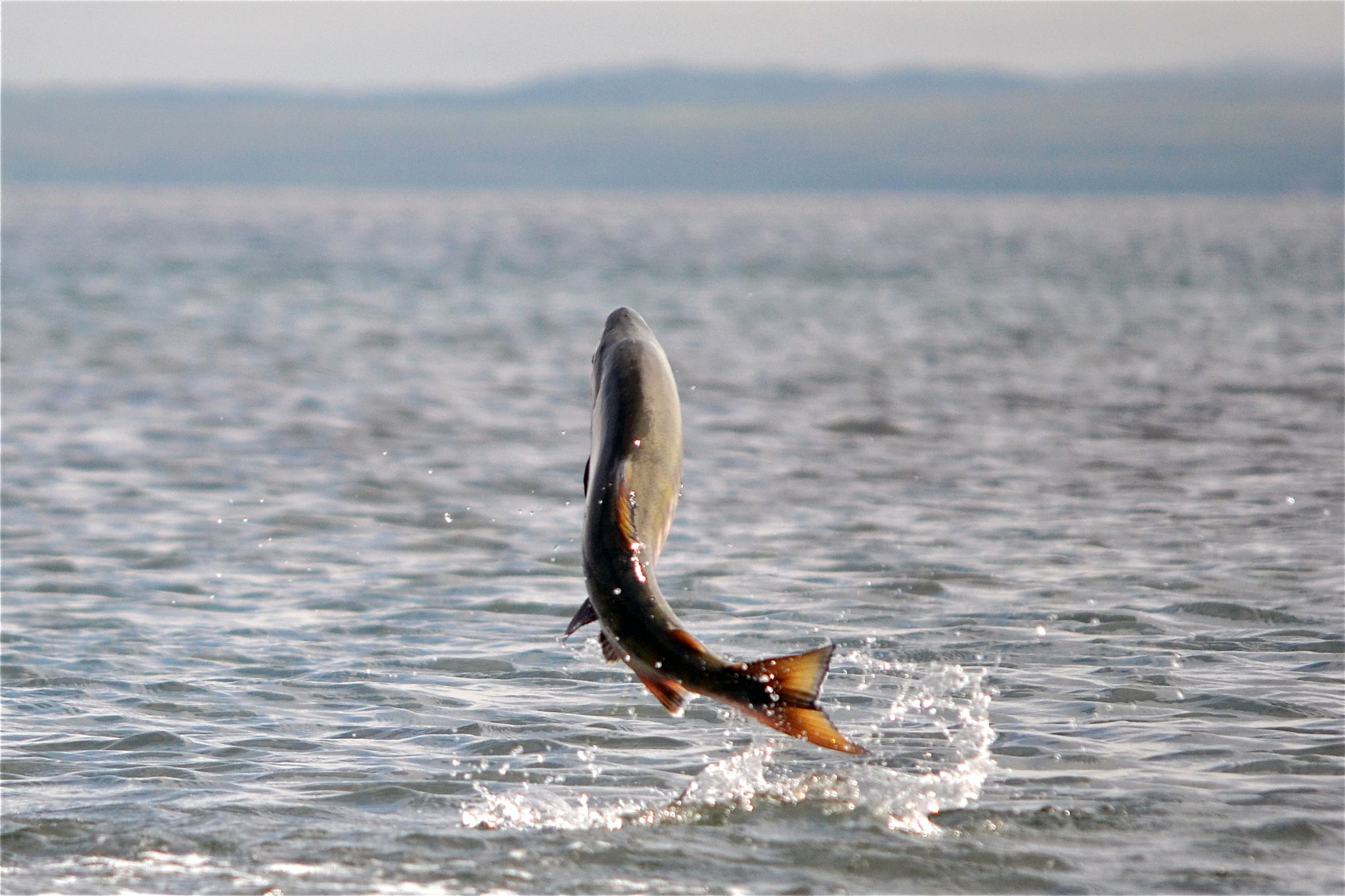
Columbia River Basin Fish
Several threatened or endangered fish species including Salmon, Steelhead, Trout, and Sturgeon rely on rivers and reservoirs fed by snow for feeding and breeding.

Sierra Nevada Red Fox
There are less than 50 individuals remaining in the wild today from due to threats such as wildfires, drought, and non-native foxes. Changes in snowpack and snowmelt patterns have increased wildfire severity and chance of drought throughout the Sierra Nevada Mountain Range.
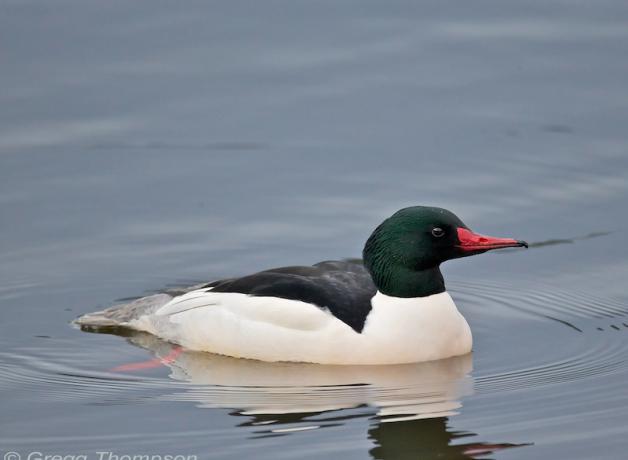
Common Merganser
This species of aquatic bird was determined to be threatened by climate change by the Institute for Bird Populations. They rely on the timing of snowmelt for breeding, feeding, and migrating.
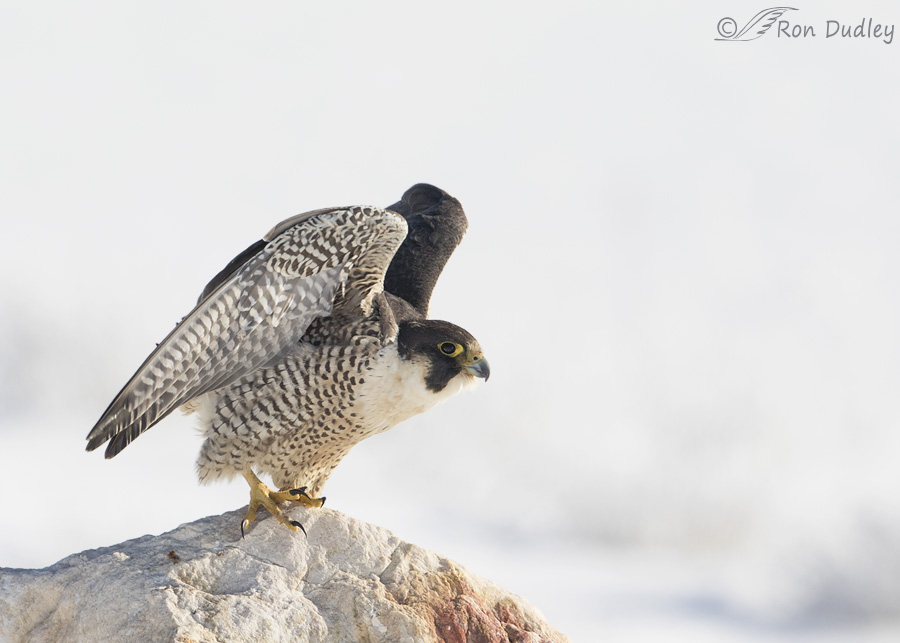
Peregrine Falcon
The Peregrine Falcon was an endangered species until 1999, and although their population size is increasing, they are prone to experiencing a loss in habitats as a result of changing snow patterns.

Clark's Nutcracker
The Clark's Nutcracker lives in coniferous forests between 3,000 and 12,000 feet in the Western US, and rely on seeds that they find and store in pine trees. Changes in snow patterns may result in habitat loss and less food availability for this species.
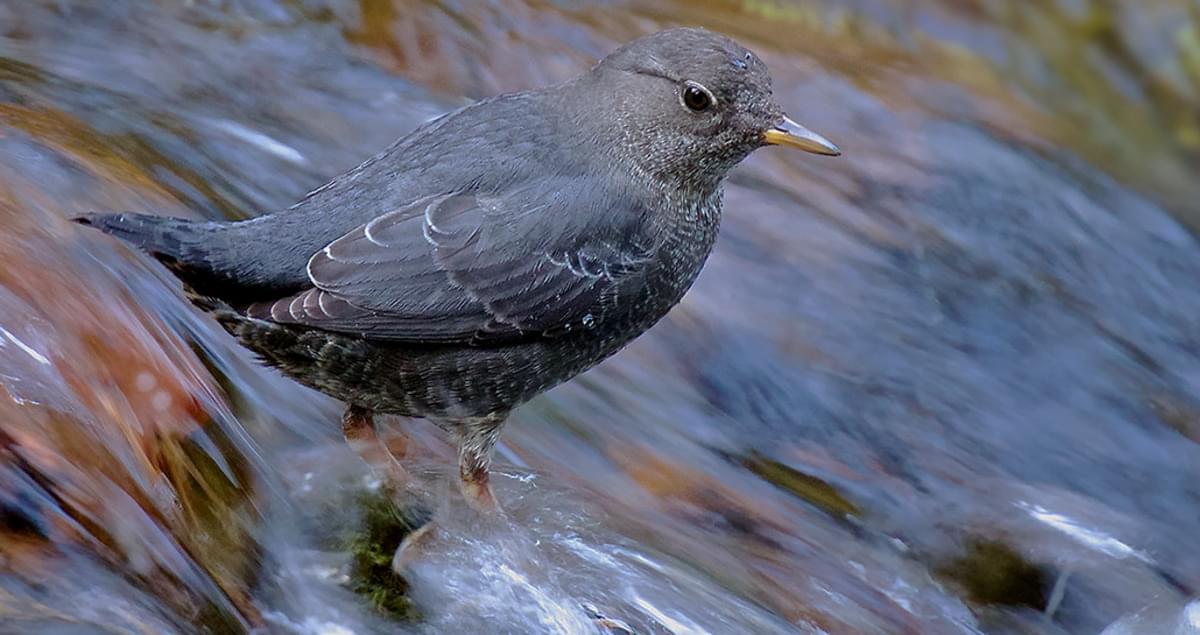
American Dipper
The American Dipper uses snowmelt patterns to find food in unfrozen water. They walk along the bottoms of streams to feed on aquatic larvae. To survive freezing winters, they have evolved an extra thick coat of feathers, low metabolic rates, and extra oxygen carrying capacity. With climate and snow patterns changing faster than evolutionary rates, these traits could put this species at risk.
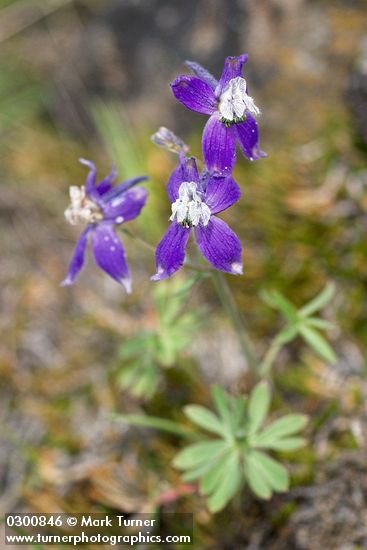
Upland Larkspur
This wildflower grows at the foothills of the Cascade Range from British Columbia to Northern California. The flowering plant was observed to have less pollinator visitations during times of earlier snowmelt compared to control groups.

Subalpine Larkspur
The Subalpine Larkspur is a wildflower that is native to the Western US. This species experiences less pollinator visitations when snow melts earlier. The timing of melting snow, flowering plants, and pollinators must all line up perfectly for the success of the species.

Orange Sneezewood
The Orange Sneezewood flowers in July-August, after the snow melts. If the snow melts earlier, the flower has been observed to have less pollinator visitations. Pollinators are not ready to feed by the time the snow melts and flowering plants start producing pollen.

Mountain Pine Beetle
Some Mountain Pine Beetle populations have experienced huge increases due to lower winter mortality rates. The warmer, shorter winters are allowing for the beetle population to grow out of control, to the point where pine trees cannot keep up with the beetle population.
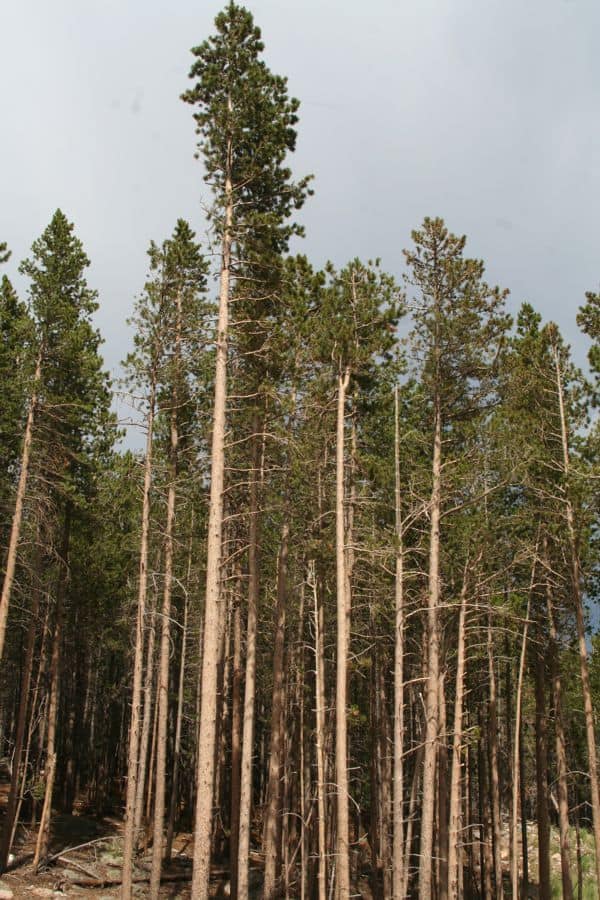
Lodgepole Pine
Studies show that certain tree species are shifting locations in response to changing habitat conditions. With this shift, some trees are outcompeting others, and the Lodgepole Pine is expected to be outcompeted by more temperate species like Western Hemlock or Douglas Fir.
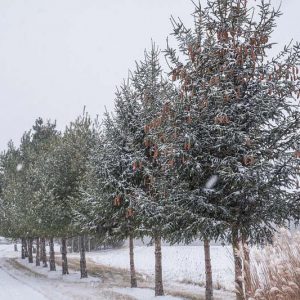
Engelmann Spruce
The Engelmann Spruce has adapted well to colder climates, but is expected to experience a population decrease due to competition with more temperate species like Western Hemlock or Douglas Fir. Susceptibility to wildfires, insect disease, and drought are increased when there is less snow and earlier snowmelt, which is why these trees may be outcompeted soon.
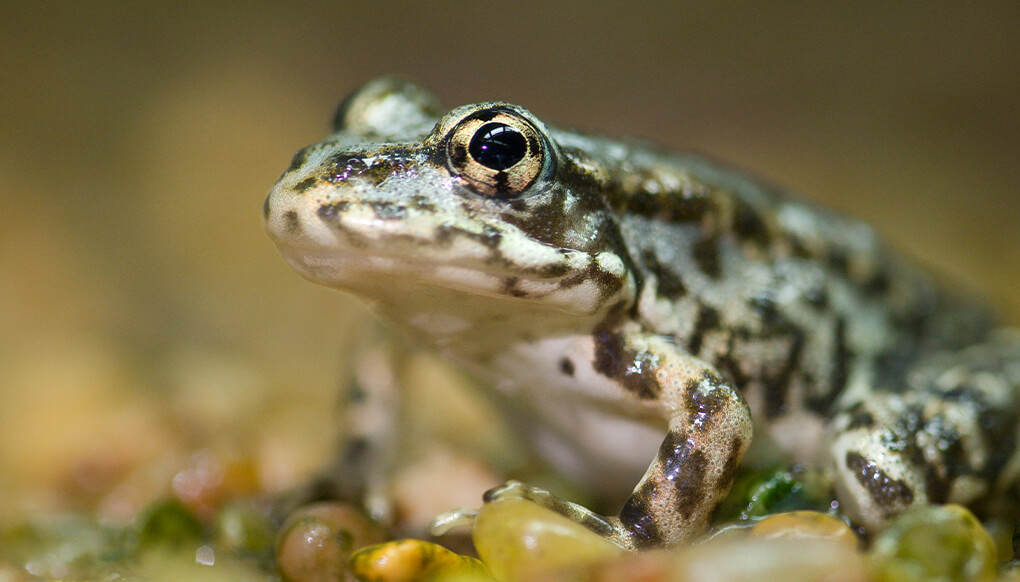
Mountain and Sierra Nevada Yellow-Legged Frog
These frog species are native to the mountain ranges of the Western US, and have already been determined to be endangered because threats like introduced fish species, pesticides, habitat degradation from grazing, and drought. The water availability and timing of snowmelt must be very specific and consistent for the survival of these frog populations.

Northern Leopard Frog
This frog species has not been found in the Rockies since 1974, and it is clear that the habitat loss has caused a major decrease in their population. They hibernate under frozen-over rivers, ponds, or lakes that are well-oxygenated, and feed around the water during warmer seasons. The consistency of snow patterns plays a large role in this specific habitat and the timing of breeding, feeding, and maturing for these high-elevation populations in the western range.

Boreal Toad
It is thought that a parasite is causing the Boreal Toad to be an endangered species in the Rockies. They hibernate live in high-elevation habitats, so they must hibernate to survive the freezing winter. The timing of breeding relies on the melting of snow, and the amount of water available in their habitats relies on consistent snowpack levels.

American Pika
This species of rabbit has adapted to cold temperatures of high elevation habitats. They cannot survive more that 6 hours in temperatures above 78 degrees Fahrenheit. They are being forced into higher elevations, where it is cooler, decreasing their habitat size and food availability dramatically.
:max_bytes(150000):strip_icc():focal(999x0:1001x2)/Wolverine-Spotted-in-California-for-Second-Time-In-100-Years-2-4cc6a179ead14f23bd101e869230c2c3.jpg)
California Wolverine
The first confirmed sighting of this elusive species since 1922 took place in the backcountry of Yosemite in 2023. Very little is known about the wolverine, except that they live in high elevations in the Sierras and they have a very low population.
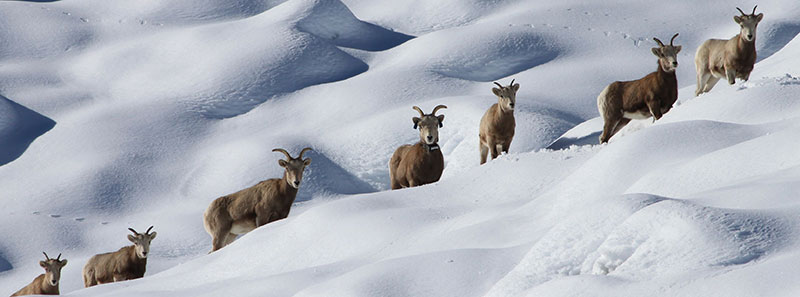
Sierra Nevada Bighorn Sheep
This high-elevation species lives in the Sierras. Snowpack levels and timing of snowmelt helps determine the food and habitat availability of this sub-species. Their population went from between 100 and 300 individuals in 1979 to 600 individuals in 2016, according to the California Department of Fish and Wildlife.
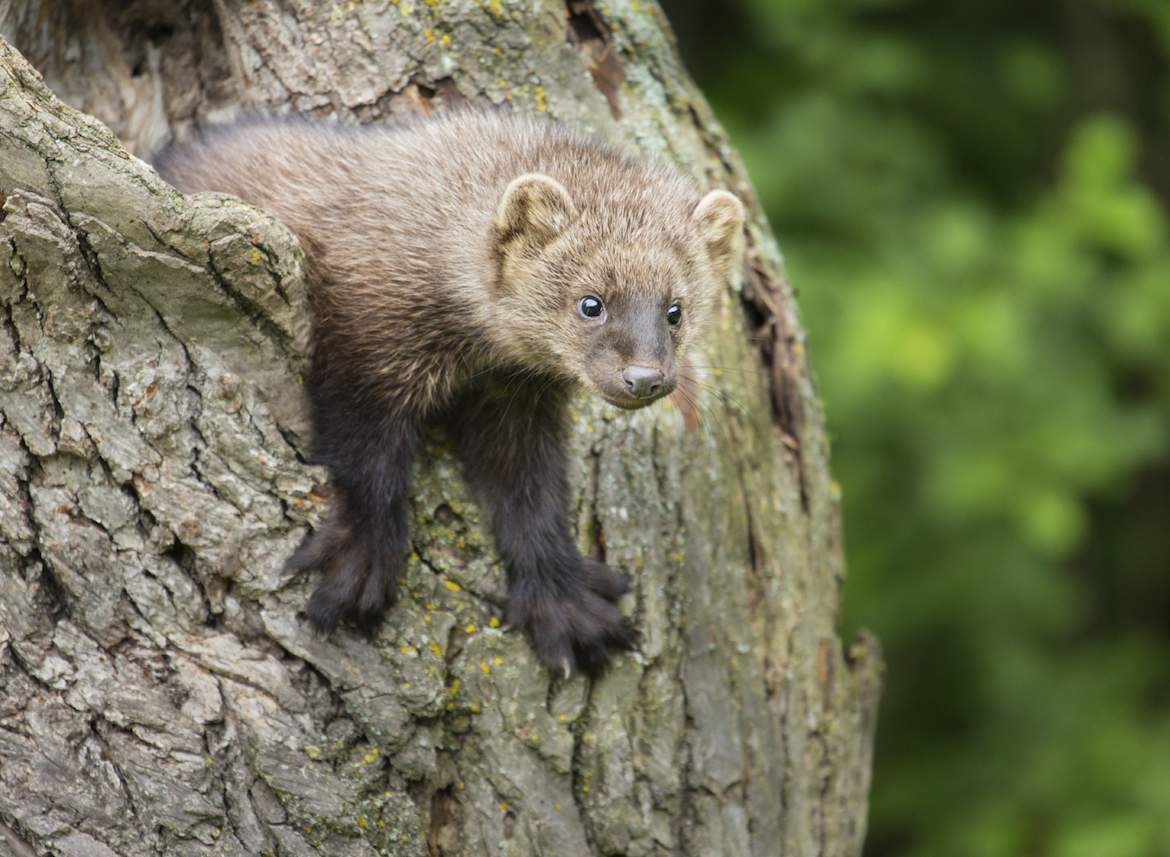
Pacific Fisher
Pacific Fisher's live in boreal forests in small populations. Habitat loss and fragmentation have contributed to the decline in west coast Pacific Fisher populations.
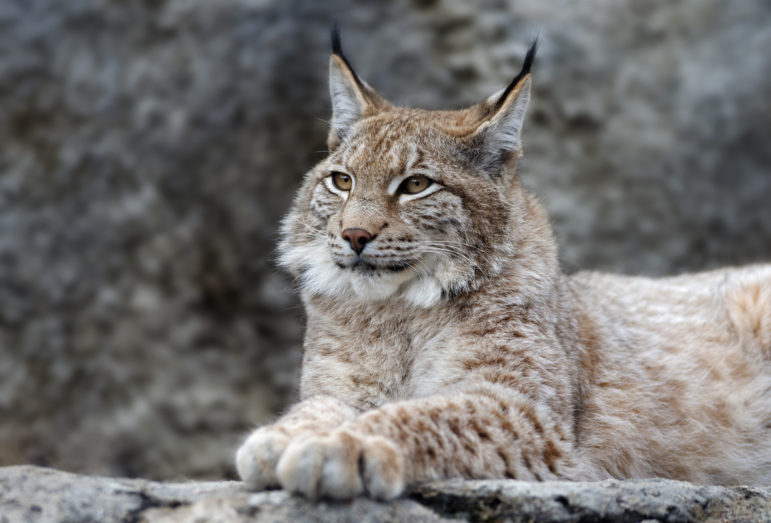
Canada Lynx
The Canada Lynx is an endangered species that lives in the Rockies. They are another species that are very well adapted to cold, snowy environments, and they are being pushed into higher elevations where snowpack is higher and melts later than in lower elevations.
Solutions
Use Less Water
There are so many ways we can all be more efficient with our personal water usage.
More information on efficient personal water-use can be found here .
- Decrease time spent running water in the kitchen and bathroom.
- Replace faucets and showerheads with water-efficient ones.
- Use dishwashers when full, wash less dishes by hand.
- Fix leaks.
- Use efficient irrigation for yards.
- Use plants that do not require lots of water for yards.
- Decrease meat consumption. Producing meat requires much more water than most people realize.
Check out the EPA's website on how to save water at home for more information.
Much of the water usage in the Western US comes from agriculture and industry. Irrigation of crops, electricity from hydropower dams, and production of food, especially meat and processed food require billions of gallons each year to supply the huge population of the Western US. Here are some ways to decrease water usage in agriculture and industry:
Drip irrigation keeping soil moist next to crop.
- Efficient irrigation technologies such as drip irrigation.
- Improved irrigation schedules.
- Enhancing soil moisture
- Recycle or reuse water.
- Rotational grazing.
Check out this recent article on new strategies for reducing water usage in agriculture from the USDA website.
Study Snow and its Impacts
The average date of peak snowpack is following a decreasing trend.
With the observations of earlier snowmelt and decreased snowpack in the Western US being somewhat recent, research about the impacts of these changes on humans, plants, and animals is lacking. From the existing research on the topic, we can assume that the expected exaggeration of the trends in lower snowpack levels and earlier snowmelt are only going to cause the existing problems in agriculture, ecosystems, and tourist economy to get worse. Studying the trends and its impacts can lead to new technologies or strategies to use less water or protect ecosystems.
Spread the Word
Educating and spreading awareness is helpful for getting people on board to help fight the issue. For example, a rich person living in Vail, Colorado may be more inclined to help fund more efficient snow making machines on the ski resort they live on once they learn that their house is going to lose value as a result of shorter ski seasons. The issue does not just impact rich people in ski resorts, it impacts anyone in the Western US that drinks water (yes, that means everyone). Teaching issues related to climate change in school could spark the interest of teenagers that are looking for something to study in college (it happened to me). The more people that are interested or researching these issues, the more likely we will be able to mitigate the affects of climate change in the future.
Survey on the importance of snowpack
A 2-question survey asking if and how snow is important shows that a majority of people (73%) that were surveyed understand that snow is an important source of water for humans and ecosystems. The results may have been skewed because someone on the social media platform that the survey was posted on, Nextdoor, posted the survey to a local climate group. There were 225 responses, and a majority came from Nextdoor. It would be interesting to see results of the survey from a more general population, rather than a majority of people that are interested in climate change.
https://www.ownsurvey.com/take-a-survey.php?questionnaire=gAUSo2RTz5UEnK8